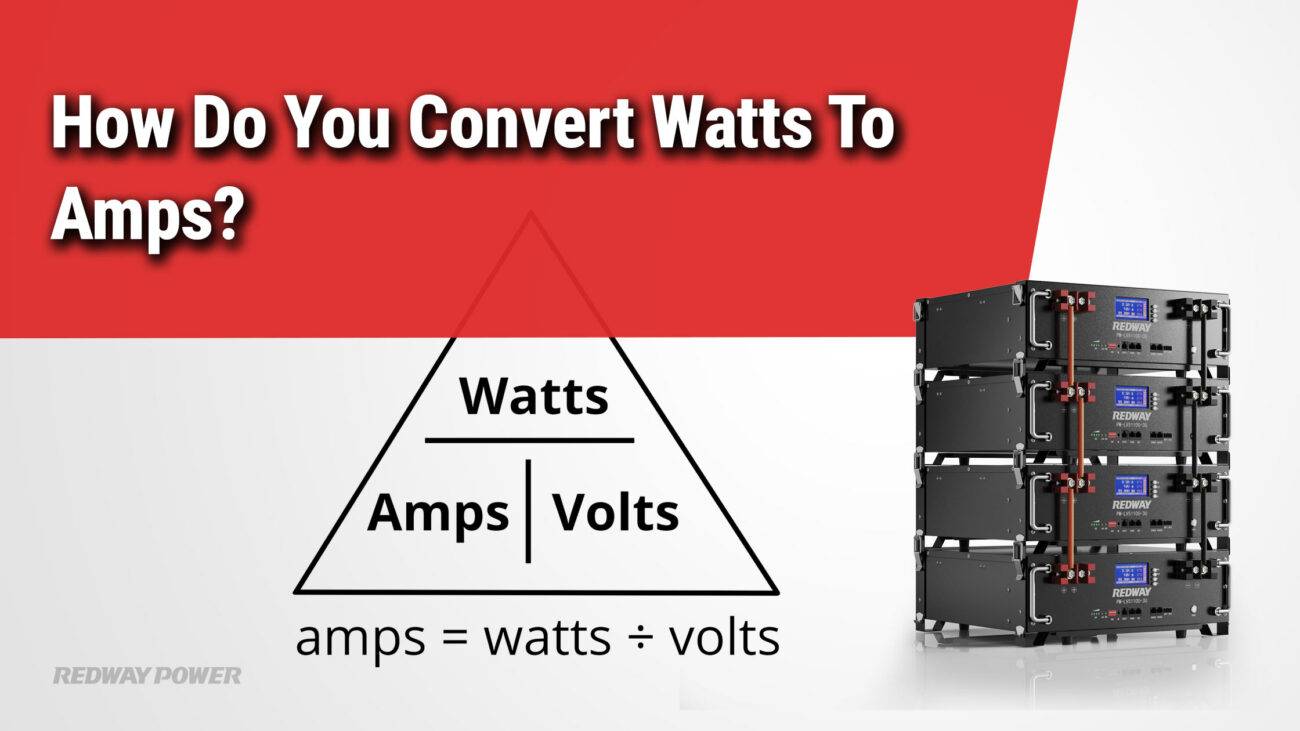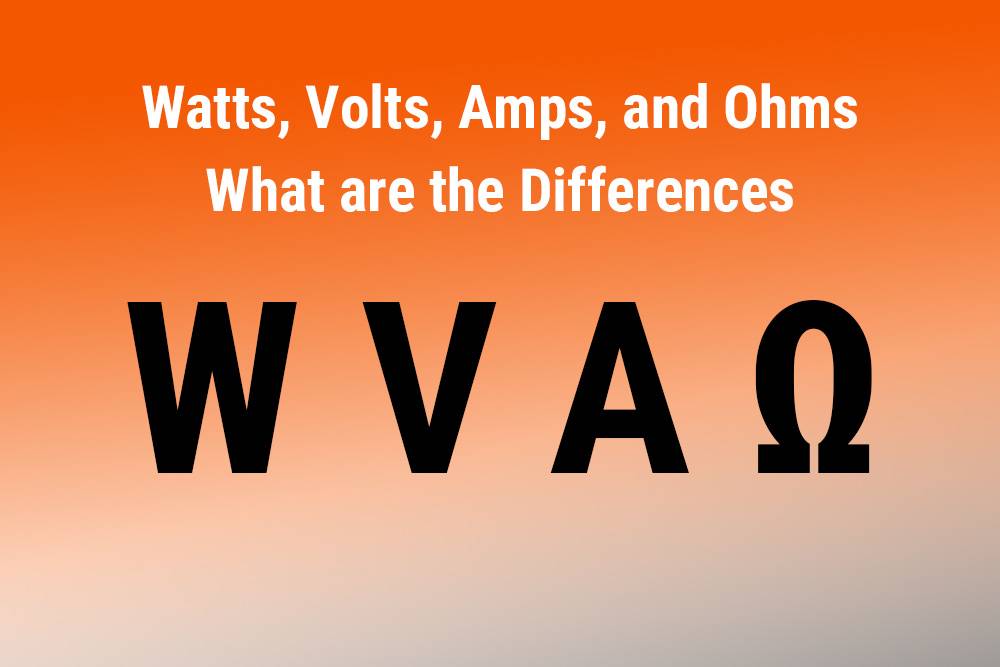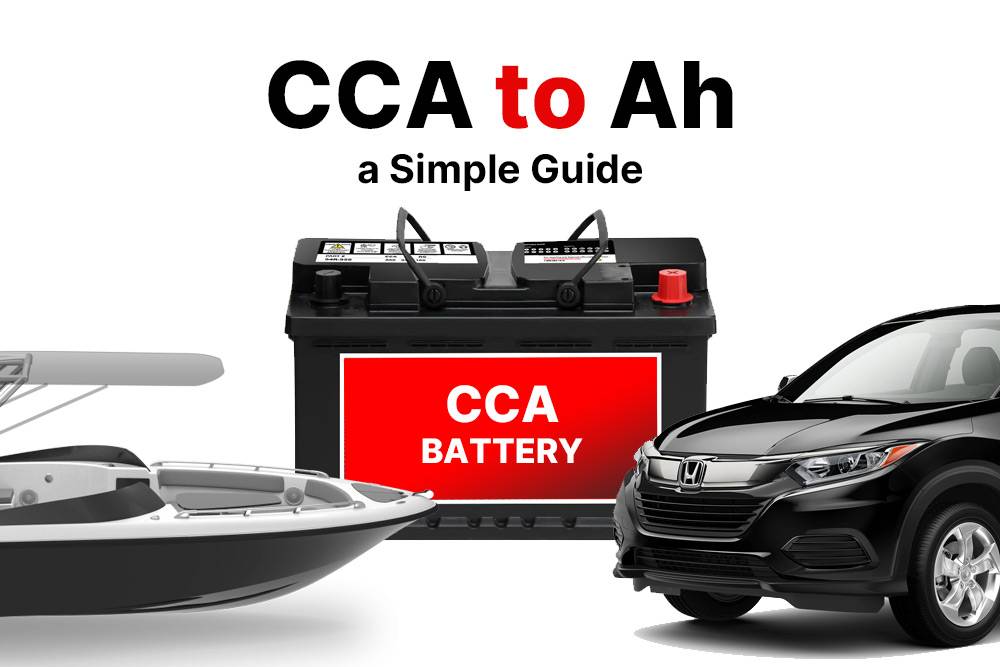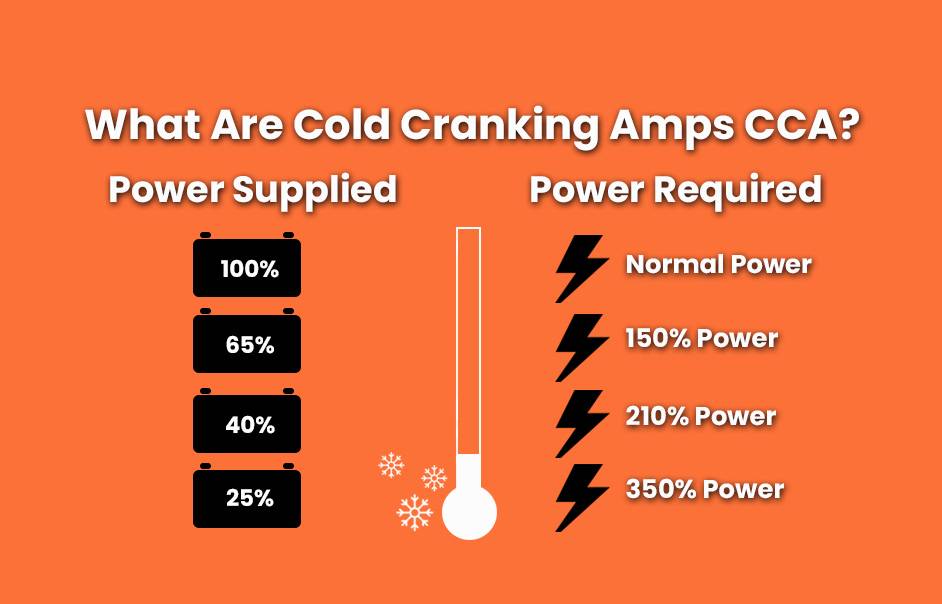- Forklift Lithium Battery
- Golf Cart Lithium Battery
- Rack-mounted Lithium Battery
51.2V 100Ah Rackmount LiFePO4 Battery
8000 times (80% DOD 0.5C)
Optional SNMP for TELECOM - Car Starter Battery
- 12V LiFePO4 Battery
12V 150Ah Lithium RV Battery
Bluetooth App | Self-heating
LiFePO4 | Group 31
UL 1642 | IEC 62619 - 24V LiFePO4 Battery
- 36V LiFePO4 Battery
- 48V LiFePO4 Battery
- 60V LiFePO4 Battery
60V 100Ah Lithium Battery (AGV, AMR, LGV)
Peak Discharge Current 400A
500 x 298 x 349 mm - 72V~96V LiFePO4 Battery
72V 100Ah Lithium Golf Cart Battery
Peak Discharge Current 315A (10S)
740 × 320 × 246 mm - Wall-mounted Lithium Battery
51.2V 100Ah 5kWh
Wall-mounted Battery532 x 425 x 170 mm / LiFePO4
>8000 Cycles (80% DOD 0.5C)
RS485 / CAN-bus
for Solar Home ESS - Home-ESS All-in-One
51.2V 32kWh
All-in-On HESS SystemPowerAll
51.2V / LiFePO4
>8000 Cycles (80% DOD 0.5C)
RS485 / CAN-bus / WiFi
All-in-One for Home ESS
How Do You Convert Amp Hours to Watts?
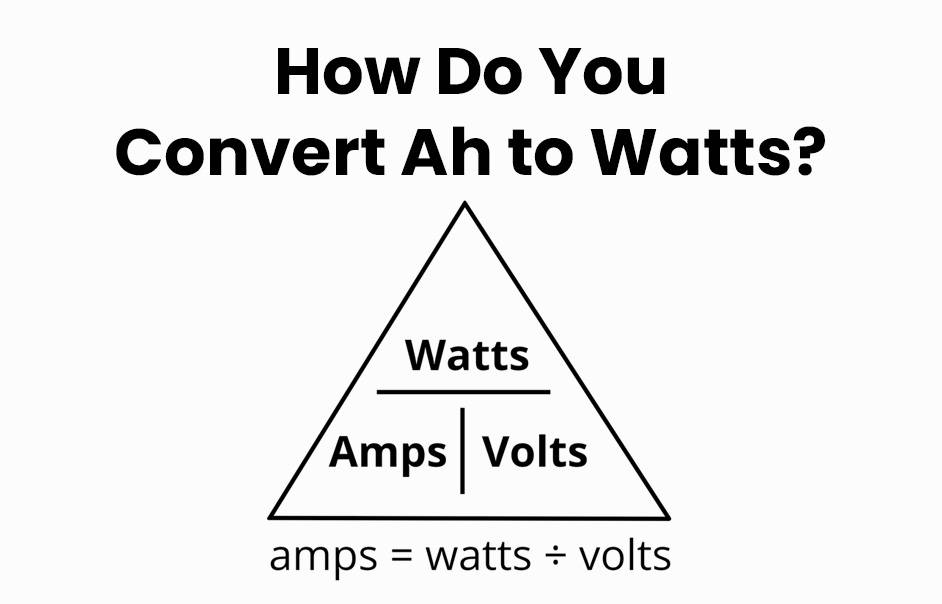
Converting amp hours (Ah) to watts (W) requires understanding the relationship between current, voltage, and power. The basic formula multiplies the battery’s amp hour rating by its voltage to calculate watt hours (Wh), a measure of energy. This conversion helps assess battery capacity in terms of energy delivered, crucial for sizing power systems and evaluating battery performance.
Table of Contents
ToggleWhat Is the Formula to Convert Amp Hours to Watts?
The fundamental formula to convert amp hours to watt hours is:
Wholesale lithium golf cart batteries with 10-year life? Check here.
Watt Hours (Wh)=Amp Hours (Ah)×Voltage (V)Watt Hours (Wh)=Amp Hours (Ah)×Voltage (V)
This formula calculates the total energy stored or supplied by the battery, combining the current capacity (Ah) with the force pushing the current (voltage).
How Do You Use Amp Hours and Voltage to Determine Watt Hours?
To determine watt hours, identify the battery’s amp hour capacity (typically found on the battery label) and its nominal voltage. Multiply these two values. For example, a 10 Ah battery rated at 12 V has:
10 Ah×12 V=120 Wh10Ah×12V=120Wh
Want OEM lithium forklift batteries at wholesale prices? Check here.
This means the battery can deliver 120 watts for one hour or proportionally less power for a longer time.
Why Is It Important to Convert Amp Hours to Watt Hours?
Converting Ah to Wh provides a clearer picture of the battery’s energy capacity, as watt hours account for voltage differences between batteries. This enables better comparison and planning, especially in applications requiring specific power loads or durations, such as electric vehicles or solar power systems.
How Does Voltage Affect the Conversion from Amp Hours to Watts?
Voltage acts as a scaling factor in the conversion, meaning batteries with the same Ah rating but higher voltage will store more total energy in watt hours. For instance, a 100 Ah battery at 24 V delivers twice the energy of a 100 Ah battery at 12 V.
Can You Convert Watt Hours Back to Amp Hours?
Yes, conversion in reverse is done by dividing watt hours by voltage:
Amp Hours (Ah)=Watt Hours (Wh)Voltage (V)Amp Hours (Ah)=Voltage (V)Watt Hours (Wh)
This calculation is useful when you know the energy requirement in watt hours and need to estimate battery capacity in amp hours.
How Do You Calculate Watts if You Only Know Amp Hours and Voltage?
By multiplying amp hours by voltage, you get watt hours—a measure of energy, not instantaneous power in watts at a moment in time. To find watts (power), you also need to know the time or how quickly the battery discharges. Power (W) is energy (Wh) divided by time (hours):
Watts (W)=Watt Hours (Wh)Hours (h)Watts (W)=Hours (h)Watt Hours (Wh)
What Are Practical Examples of Converting Amp Hours to Watts?
-
A 5 Ah battery at 12 V stores:
5×12=60 Wh5×12=60Wh
-
A 50 Ah battery at 24 V delivers:
50×24=1,200 Wh50×24=1,200Wh
-
A 100 Ah battery at 48 V contains:
100×48=4,800 Wh100×48=4,800Wh
These examples demonstrate how energy capacity increases with voltage, even for the same amp hour rating.
How Does Redway Power Ensure Accurate Capacity in Their Battery Packs?
Redway Power, a leading lithium battery OEM, employs advanced Manufacturing Execution Systems (MES) to monitor precise cell balancing, voltage consistency, and strict quality control during production. This guarantees that amp hour ratings correspond effectively to actual watt hour output, enabling reliable performance in applications like forklifts, electric vehicles, and solar energy storage.
What Factors Can Affect the Accuracy of Amp Hour to Watt Hour Conversion?
The nominal voltage used in calculations may differ from actual operating voltage due to battery state of charge, temperature, and load conditions. Also, battery aging reduces effective capacity. Thus, while the formula provides a useful baseline, real-world energy available (watt hours) can vary.
Amp Hour to Watt Hour Conversion Chart for Common Battery Voltages
| Amp Hours (Ah) | 12V Battery (Wh) | 24V Battery (Wh) | 48V Battery (Wh) |
|---|---|---|---|
| 10 | 120 | 240 | 480 |
| 50 | 600 | 1,200 | 2,400 |
| 100 | 1,200 | 2,400 | 4,800 |
| 200 | 2,400 | 4,800 | 9,600 |
This chart demonstrates how energy capacity scales linearly with voltage for a fixed amp hour rating.
How Can You Apply This Conversion in Real-World Scenarios?
Understanding watt hours via Ah-to-Wh conversion helps in system design and energy budgeting for devices like solar power banks, electric bikes, and cordless tools. For example, knowing the watt hour capacity assists in estimating runtime and comparing batteries from different manufacturers, such as Redway Power, known for precision battery pack engineering.
Can Amp Hours Alone Fully Describe Battery Capacity?
No, amp hours describe charge capacity but without voltage, they don’t reveal total energy storage. Batteries with identical amp hours but different voltages deliver vastly different amounts of usable energy, making voltage a vital factor in evaluating battery performance.
Redway Power Expert Views
“Accurately converting amp hours to watt hours is foundational in battery technology, as it bridges charge capacity to usable energy. At Redway Power, meticulous control over battery voltage and capacity via our MES system means our battery packs deliver reliably on their rated performance, empowering sectors from renewable energy to electric transportation.” — Senior Battery Engineer, Redway Power
Conclusion
To convert amp hours to watts (or more precisely, watt hours), multiply the amp hour rating by the nominal voltage of the battery. This conversion clarifies the total energy a battery can supply, essential for effective battery sizing and performance evaluation. Accounting for factors such as voltage variations and battery age ensures realistic energy estimates. Leveraging expert quality systems like Redway Power’s MES platform secures battery reliability and accurate capacity assurance.
FAQs
Q: What is the difference between watts and watt hours?
A: Watts measure instantaneous power, while watt hours measure energy used or stored over time.
Q: Can I convert milliamp hours (mAh) to watts?
A: Yes, first convert mAh to Ah by dividing by 1,000, then multiply by voltage to get watt hours.
Q: Does battery voltage change the actual watt hours available?
A: Yes, voltage fluctuations affect available energy; nominal voltage is an approximation.
Q: How does battery age affect amp hour and watt hour ratings?
A: Aging reduces effective amp hour capacity and thus watt hours available.
Q: Does Redway Power produce batteries with consistent amp hour and watt hour ratings?
A: Yes, through advanced MES manufacturing, Redway Power ensures precise capacity matching for optimal battery performance.























